The Independent's journalism is supported by our readers. When you purchase through links on our site, we may earn commission.
Oaxaca city guide: Where to stay, eat, drink and shop in Mexico’s sultry cultural hub
Edgy art meets Unesco-listed architecture in Mexico’s intoxicating southern valley city, says Jen Rose Smith
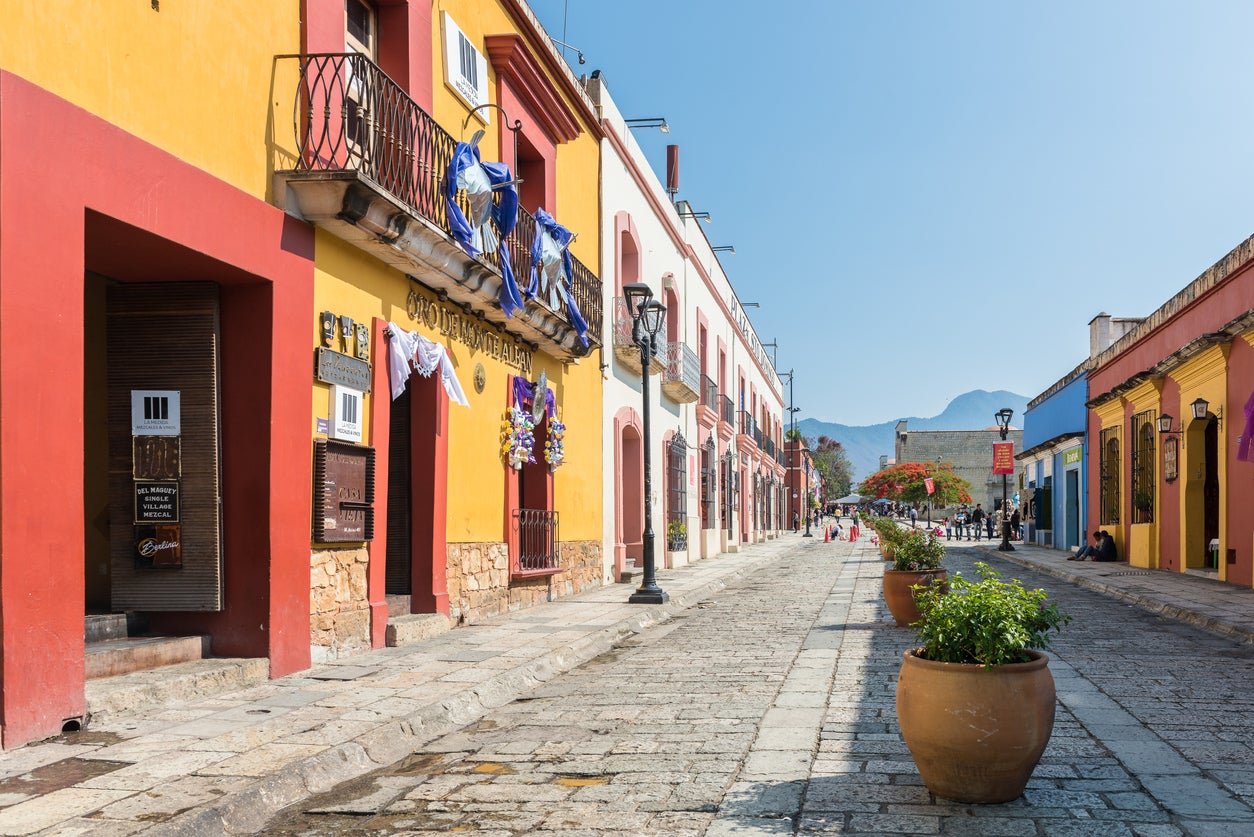
Your support helps us to tell the story
This election is still a dead heat, according to most polls. In a fight with such wafer-thin margins, we need reporters on the ground talking to the people Trump and Harris are courting. Your support allows us to keep sending journalists to the story.
The Independent is trusted by 27 million Americans from across the entire political spectrum every month. Unlike many other quality news outlets, we choose not to lock you out of our reporting and analysis with paywalls. But quality journalism must still be paid for.
Help us keep bring these critical stories to light. Your support makes all the difference.
There’s simmering creative energy in Oaxaca, whether you’re browsing underground art, following behind a street protest or gallery-hopping in whitewashed museums. Indigenous culture is proudly on display at high-end restaurants which riff on traditional ingredients; while slipping into a local market means tasting cooling cacao drinks from the pre-Columbian era, and maybe a handful of roasted grasshoppers. Beyond city limits are ancient pyramids for playing archaeologist amid crumbling stones.
Oaxacan days tend to lapse into dreamy rhythms, backdropped by its spectacular natural setting. The thickly forested Sierra Madre mountain range brackets the city, where early mornings ignite a chorus of tropical birdsong, afternoons are siesta-slow and cool evenings draw families to stroll tree-shaded plazas. Here’s how to explore this ultra-hip yet laid-back regional capital.
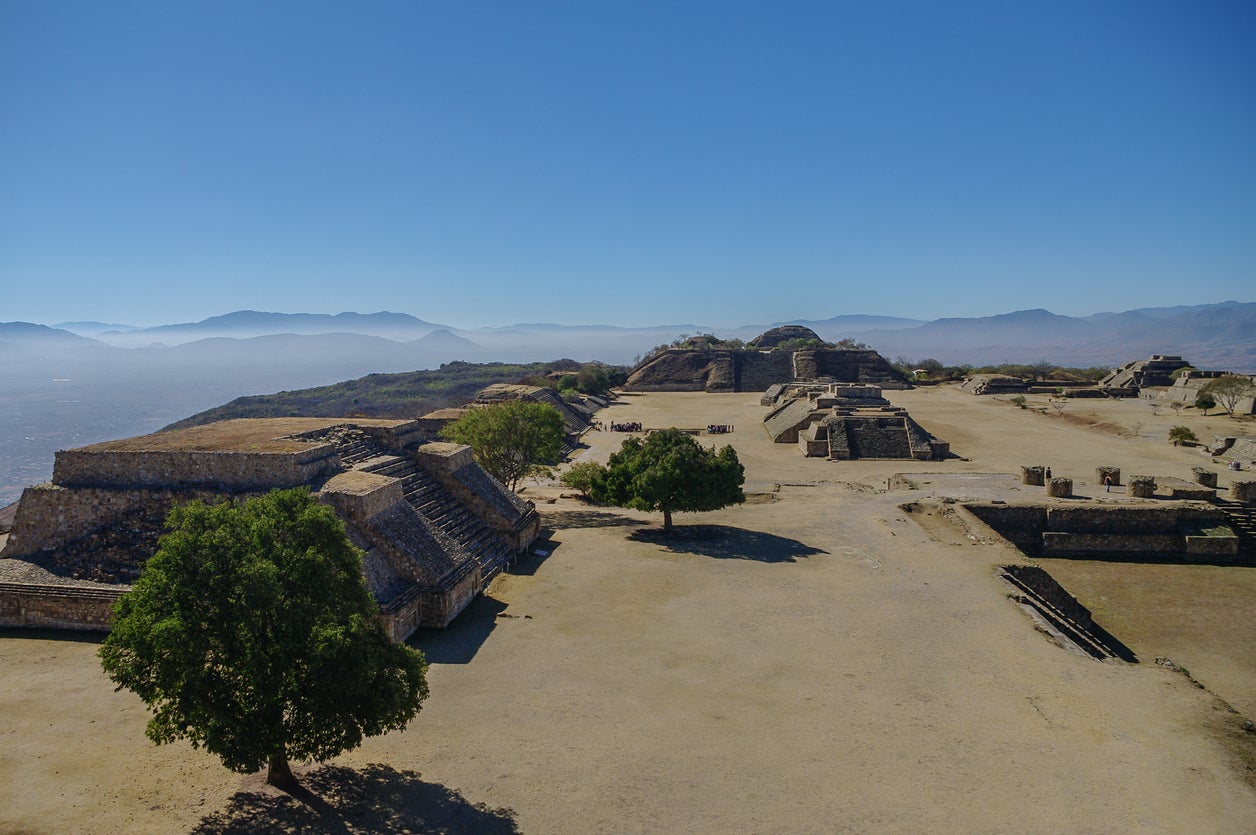
What to do
Take in the local art
Work by contemporary artists from Oaxaca and beyond clash strikingly against the genteel, restored colonial mansion that houses them as the Museum of Oaxacan Painters (£1). The smaller (and free) Manuel Álvarez Bravo Photographic Centre has excellent temporary exhibitions set around a shady, plant-filled courtyard. For something grittier, head to Espacio Zapata, a gallery that features sculpture as well as the screen printing, stencils and murals that are staples of the street art scene.
Dive into living indigenous traditions
The 950 plant species at Oaxaca Ethnobotanical Garden represent just 10 per cent of Oaxaca’s extraordinary biodiversity, but wandering these walled grounds is about more than native flora. It’s all about gardening as cultural history, with plots dedicated to traditional medicines and food staples in the region. Hour-long tours are £2 in Spanish and £4 in English.
While woven artwork abounds at every market here, the very finest tapestries are on display in the free-to-visit Oaxaca Textile Museum. Inside a restored 18th-century mansion, the museum has everything from handwoven rugs to multimedia installations merging weaving tradition with contemporary design.
Check out pre-Columbian culture
Just 9km from downtown Oaxaca is the Unesco-listed Monte Albán archaeological site (£3), which Olmec, Zapotec and Mixtec peoples inhabited for some 1,500 years. Think step-ridged stone pyramids, ball courts, temples and palaces on a hilltop with commanding views across the Oaxaca valley.
To find out more about what lay inside, see the treasures of silver, gold and gemstones discovered within Monte Albán’s magnificent Tomb 7, now on display at central Oaxaca’s Museum of Oaxacan Cultures (£3). The collection is housed in an elegant converted monastery and hopscotches across centuries, going from Zapotec grandeur to the arrival of Europeans and Mexican independence.
Get a taste of the local spirit
For a deeper sense of Oaxaca’s signature drink, mezcal – which is distilled from maguey, a kind of agave succulent – make a pilgrimage to one of the city’s encyclopedic tasting rooms. There are nearly 200 varieties at In Situ Mezcalería, where staff will guide you on a personalised tasting. Or make advance reservations for a reverent tasting of small-batch bottles at the library-like Mezcaloteca.
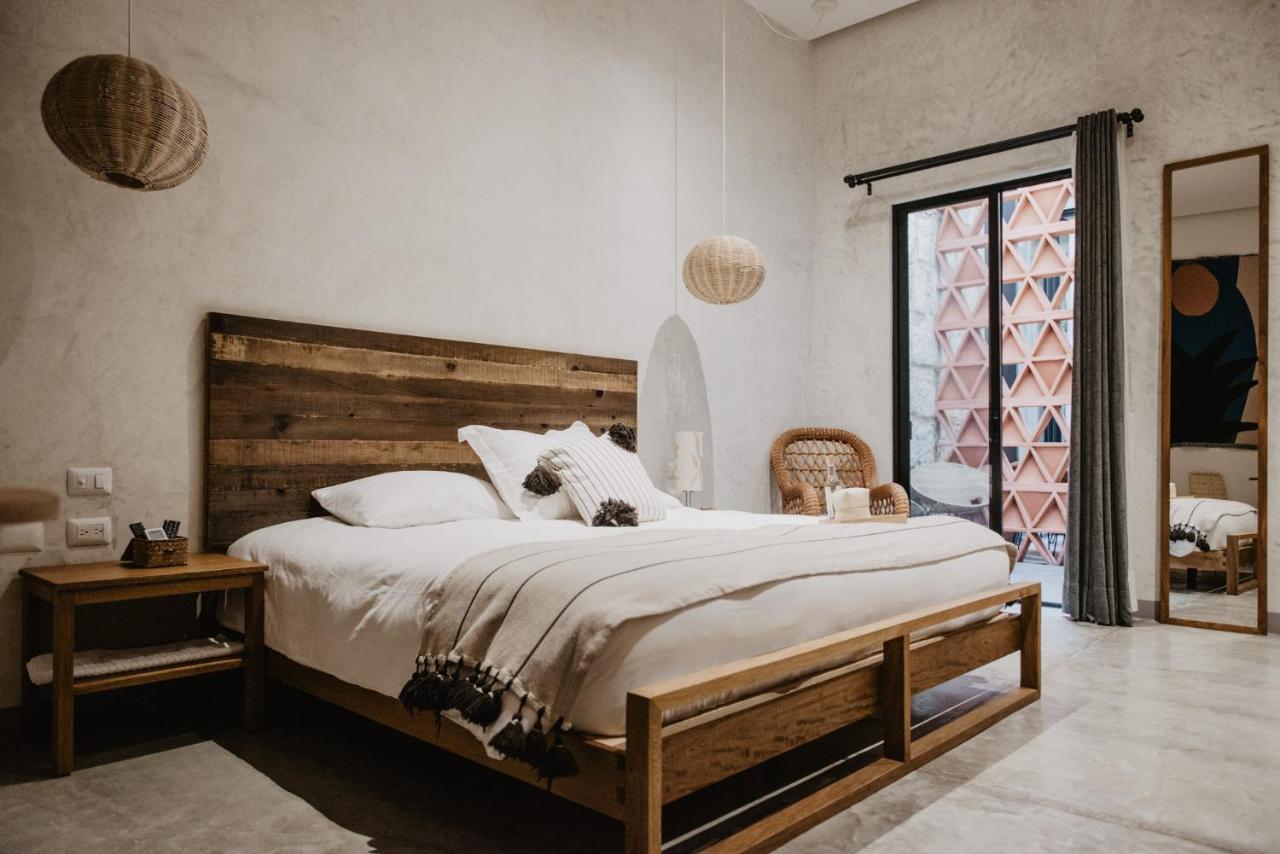
Where to stay
The sunny, plant-filled patio at Hostal Central is a perennial hangout, making this a favorite among travellers looking to socialise. A best-in-class breakfast included in your rate features a rotating menu of hearty Oaxacan fare, while private, single rooms with a shared bathroom start from £20; a bunk in a four-bed dormitory costs from £11, B&B. hostalcentraloaxaca.negocio.site
Built into one of the oldest homes in Oaxaca, the Casa Antonieta merges historic architecture with a hip sensibility. Thoughtfully chosen handicrafts abound in nine unique rooms and suites, with some that open onto meditation gardens. Doubles from £114, room only. casaantonieta.com
Desert-chic prevails at 12-room boutique hotel Escondido Oaxaca, with clean adobe lines and ahuehuete-wood furnishings. Designed by celebrated Mexican architect Alberto Kalach, the hotel combines a historic facade with a newly built brutalist tower. The rooftop pool and pergola bar beckon on hot afternoons, while the ground-floor “culture room” is designed with remote workers in mind. Doubles from £200, B&B. escondidooaxaca.com
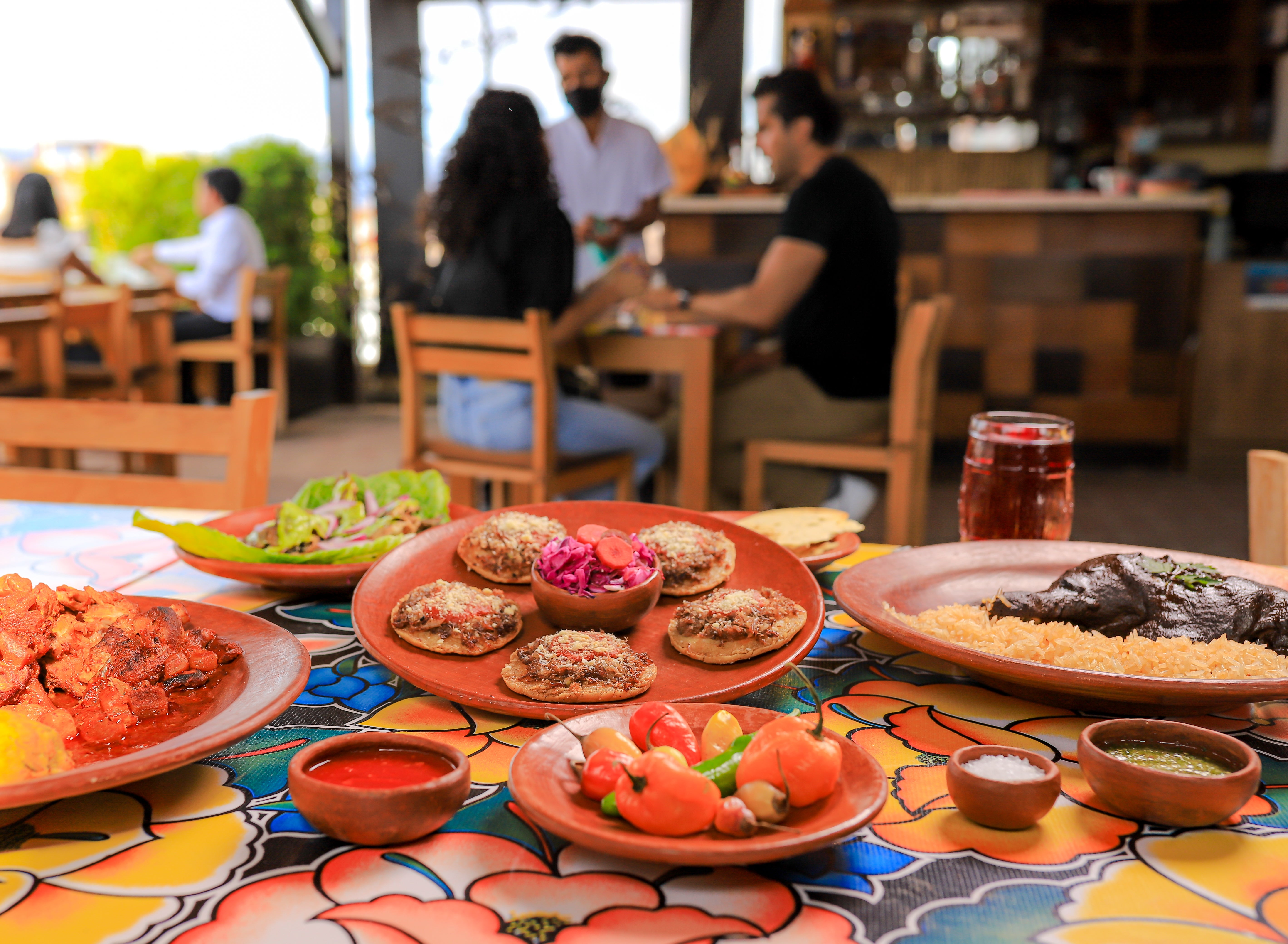
Where to eat
Alongside classic Oaxacan mole sauces and steamed tamale street snacks, the menu at Levadura de Olla lists “safeguard” plates – such as traditional stew made from blossoms of the colorín tree – at risk of being lost from the region’s culinary repertoire. Order a selection of dishes with some chilled pozontle, a frothy cacao beverage served in a traditional cup called a jicara.
Rooftop terraces are a Oaxacan specialty, but climbing the stairs to Terraza Istmo feels like being let in on a secret. Hidden above a nondescript hotel, the restaurant specialises in cuisine from Oaxaca’s Isthmus region, such as oven-baked shrimp and meat stews enriched with tropical fruit.
A two-person mole tasting at Restaurante Coronita features all seven of Oaxaca’s traditional thick sauces, usually served with fish or chicken – from chocolatey mole negro to spicy-sweet mole amarillo. It’s a showstopper, and the menu also features a long list of Oaxaca classics, such as tlayuda flatbreads and quesadillas stuffed with the aromatic herb epazote.
Open-air neverías (ice cream parlours) serving quirky local flavours fill a small plaza adjoining the Basílica de Nuestra Señora de la Soledad. A classic combo is creamy, smoky leche quemada with “tuna” sorbet made from cactus fruit, but spicy versions with chilli are crowd-pleasers. While any nevería will do when it’s boiling out, the 172-year-old Neveria Malena is never without a queue, and for good reason.
With a cocktail menu built around local ingredients, Selva Oaxaca Cocktail Bar has the feel of a sexy jungle speakeasy, all polished brass and tropical foliage. Sip the leaf-green signature Selva creation for a herbal shock of flavour courtesy of hoja santa (Mexican pepperleaf), chilli liqueur, agave syrup and barrel-aged mezcal.
Duck into any market and you’ll see rainbow assortments of aguas frescas – refreshing drinks ladled from tall glass jars. Buried in the lively Mercado Benito Juárez is the nearly century-old stand Casilda Aguas Regionales, where locals settle in for glasses of horchata con tuna, a sweet rice-milk cooler spiked with fruit from the prickly pear cactus.
Where to shop
Covered markets are a Oaxacan highlight that stir the souvenir-hunting travellers in with locals picking up provisions. Find a little bit of everything at Mercado Benito Juarez, or dive into the vast wholesale warren that’s Central de Abastos.
Chic takes on traditional crafts abound in downtown boutiques. Slip into shoes embroidered with wild designs by local artisans at Zipak Na Calzado Artesanal, then browse gorgeously rustic clay wares at the potters’ cooperative Colectivo 1050°.
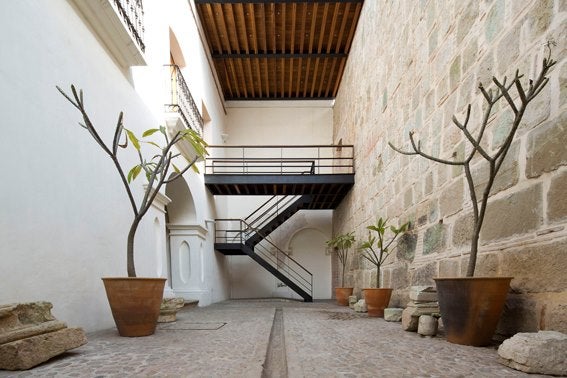
Architectural highlight
Modernist, glass-and-metal architecture enlivens a restored 16th-century Dominican convent at the Centro Cultural San Pablo, with rotating exhibitions highlighting local artists.
Nuts and bolts
What currency do I need?
Mexican pesos.
What language do they speak?
Spanish.
Should I tip?
10 per cent for good service.
What’s the time difference?
Six hours behind the UK.
How should I get around?
The compact historic centre is ideal for exploring on foot. For nearby excursions, private taxis are affordable and preferable to contending with local traffic in a rental car. Public transport includes collective taxis, local buses and minibuses, and is efficient though crowded and occasionally adventurous. For a long-distance trip onwards from Oaxaca, opt for the comfort of air-conditioned commercial bus lines.
What’s the best view?
Catch sunset from the Cerro del Fortín hill that overlooks the city – grab a cab downtown and watch the city’s buildings turn luminous gold.
Insider tip?
Don’t be put off chapulínes, the fried grasshoppers that are a culinary staple here. Crunchy, salty and protein-rich, locals know them as a delightfully crunchy, savoury drinking snack.
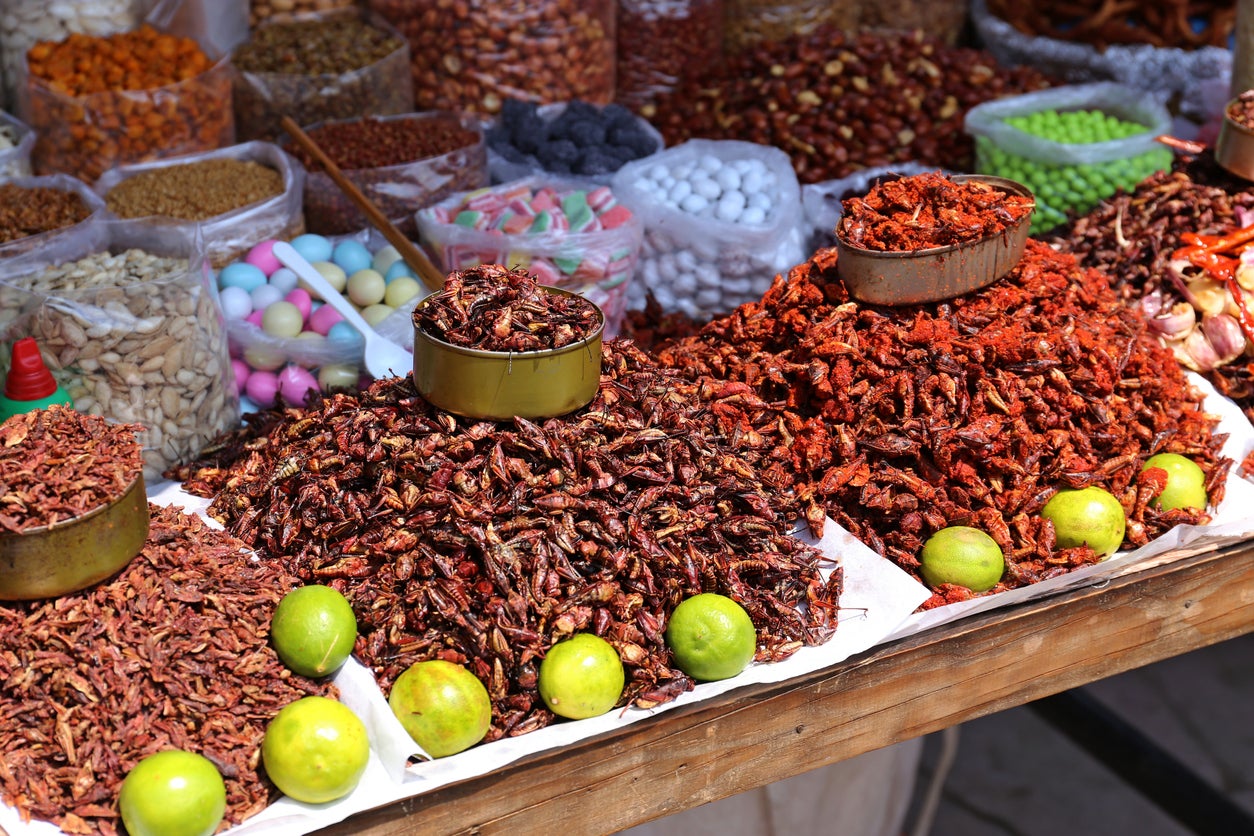
Getting there
Trying to fly less?
Occasional cargo ships go from European ports that can be reached by train (Le Havre, Rotterdam) to Veracruz, Mexico. From here it’s an eight-hour bus to Oaxaca, via Córdoba.
Fine with flying?
British Airways and Aeromexico fly to Mexico City direct from the UK, from where it’s a 6.5-hour bus or 2.5-hour flight on to Oaxaca.
Join our commenting forum
Join thought-provoking conversations, follow other Independent readers and see their replies
Comments